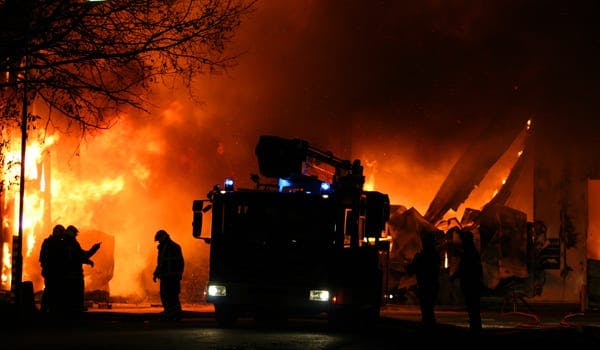Fire drills usually tend to mean a stroll down the building’s back stairs and a chance to grab a takeaway coffee with colleagues.
However it may be time to start taking the annual event more seriously, as new research reveals that over 30 per cent of business managers aren’t fully aware of the building codes and standards that must be complied with when it comes to fire safety.
Garry Kwok, national technical manager at fire protection specialists Wormald, warned that the issue needs to be taken more seriously.
“Fire safety is an important responsibility for properly and facility managers. To ensure the safety of a building’s occupants, it’s vital that an adequate fire protection solution is in place, sufficient fire safety training is provided, and that the fire protection equipment on site is routinely serviced and kept in proper working order,” Kwok said.
A variety of amendments have been made to national legislation and standards relating to fire safety in recent years – here are some of the most significant changes to be aware of:
- Changes to AS1851
A revised edition of the Australian Standard 1851 was released in December 2012, providing prescribed routine servicing activities for fire protection systems and equipment, and greater clarity for what’s expected from building managers and their service providers.
The revision has also changed the frequency of required equipment inspections from monthly to weekly.
- Changes to AS 3745
Coming into effect in 2011, amendments made to these standards made it mandatory for at least one member of the Emergency Planning Committee, the Emergency Control Organisation, and the facility occupants to complete training. Members of the Emergency Control Organisation must also attend skills retention training twice a year.
- Aged care facilities
The retrofitting of automatic sprinkler systems became a mandatory requirement for existing aged care facilities in January 2013. Similar requirements also exist in Victoria and Queensland.
Kwok said it’s important that any fire prevention plans are developed in accordance with the Australian Standard, AS 3745 – 2010 Planning for Emergencies in Facilities, and that various state-based fire safety regulations are followed.

